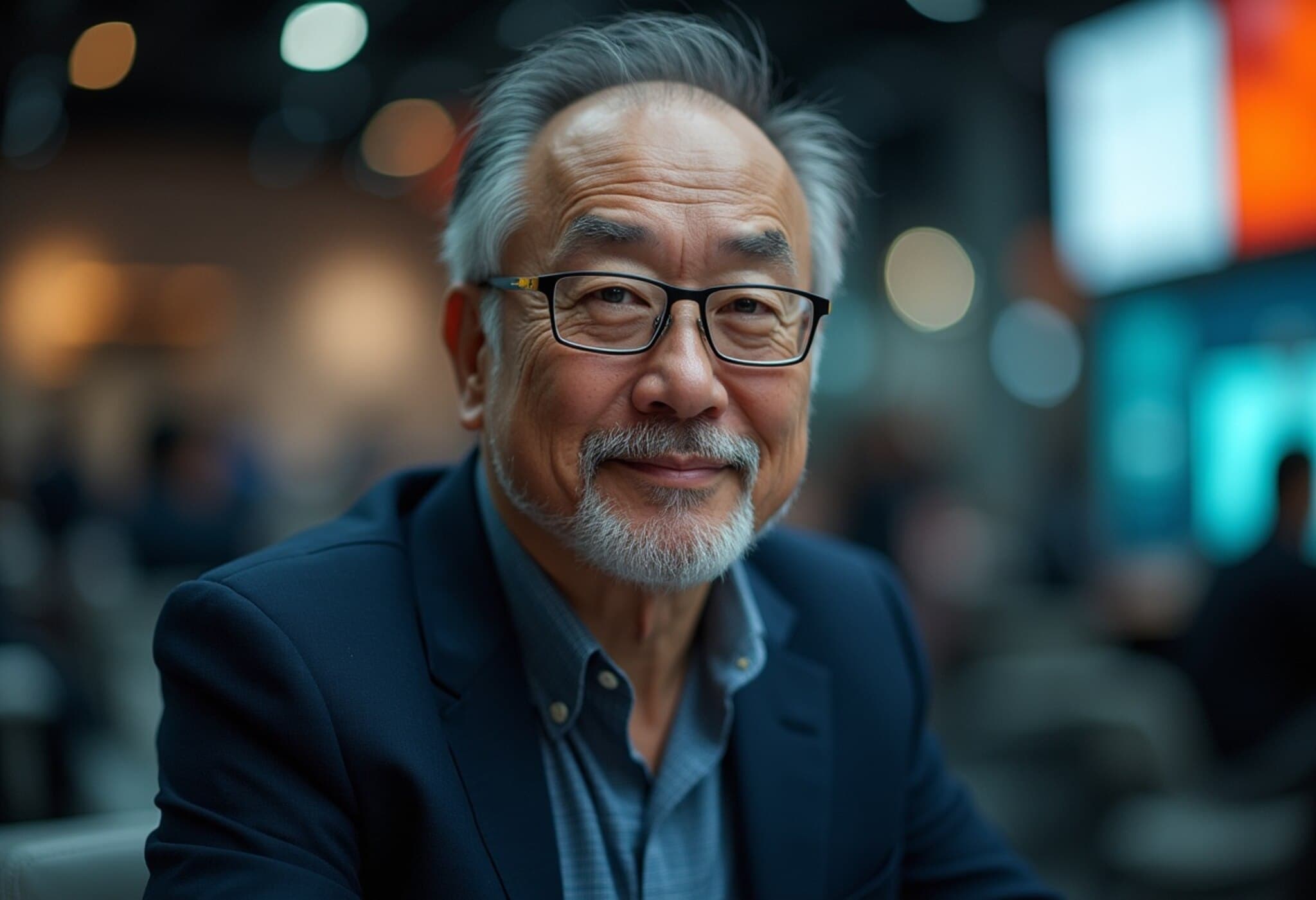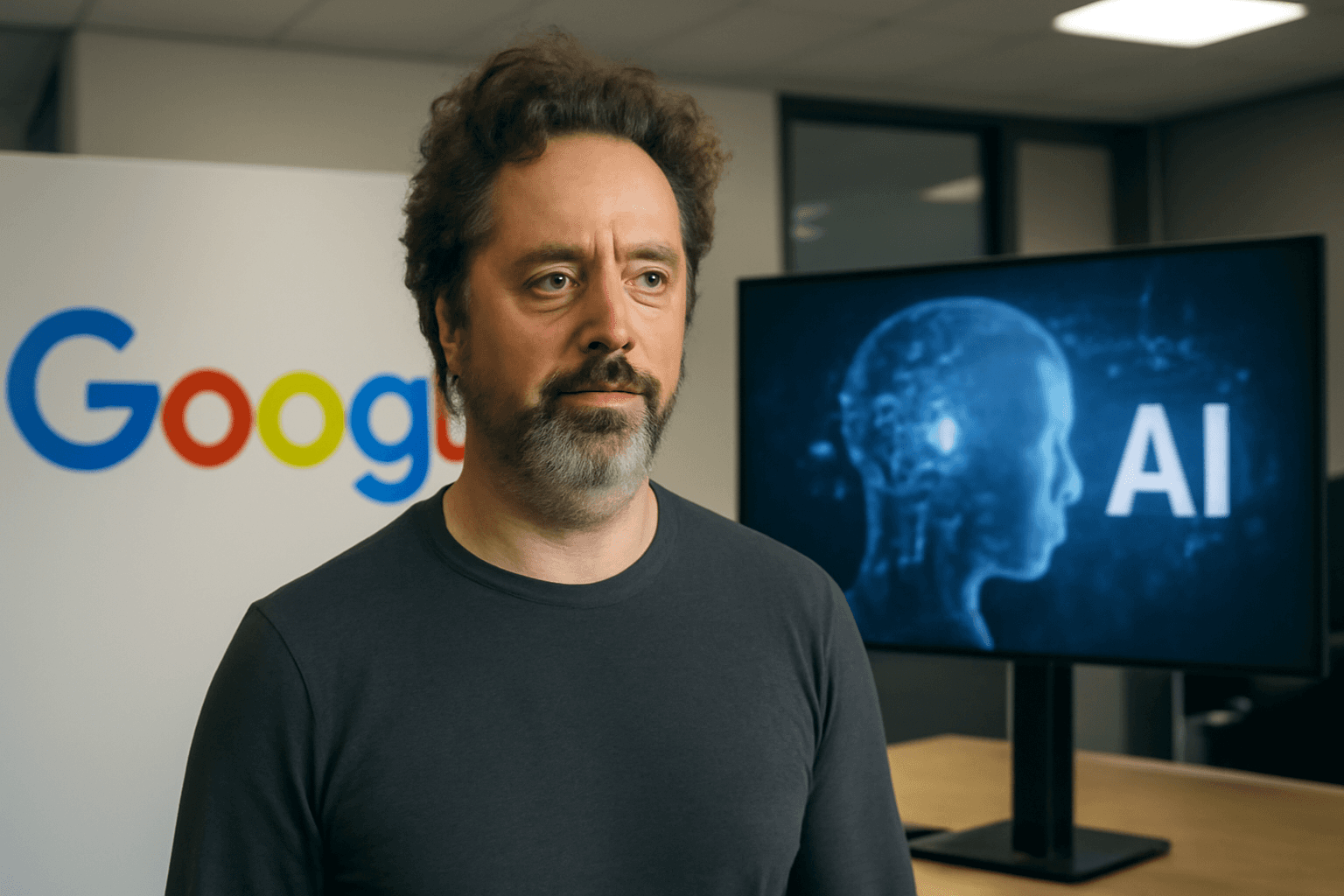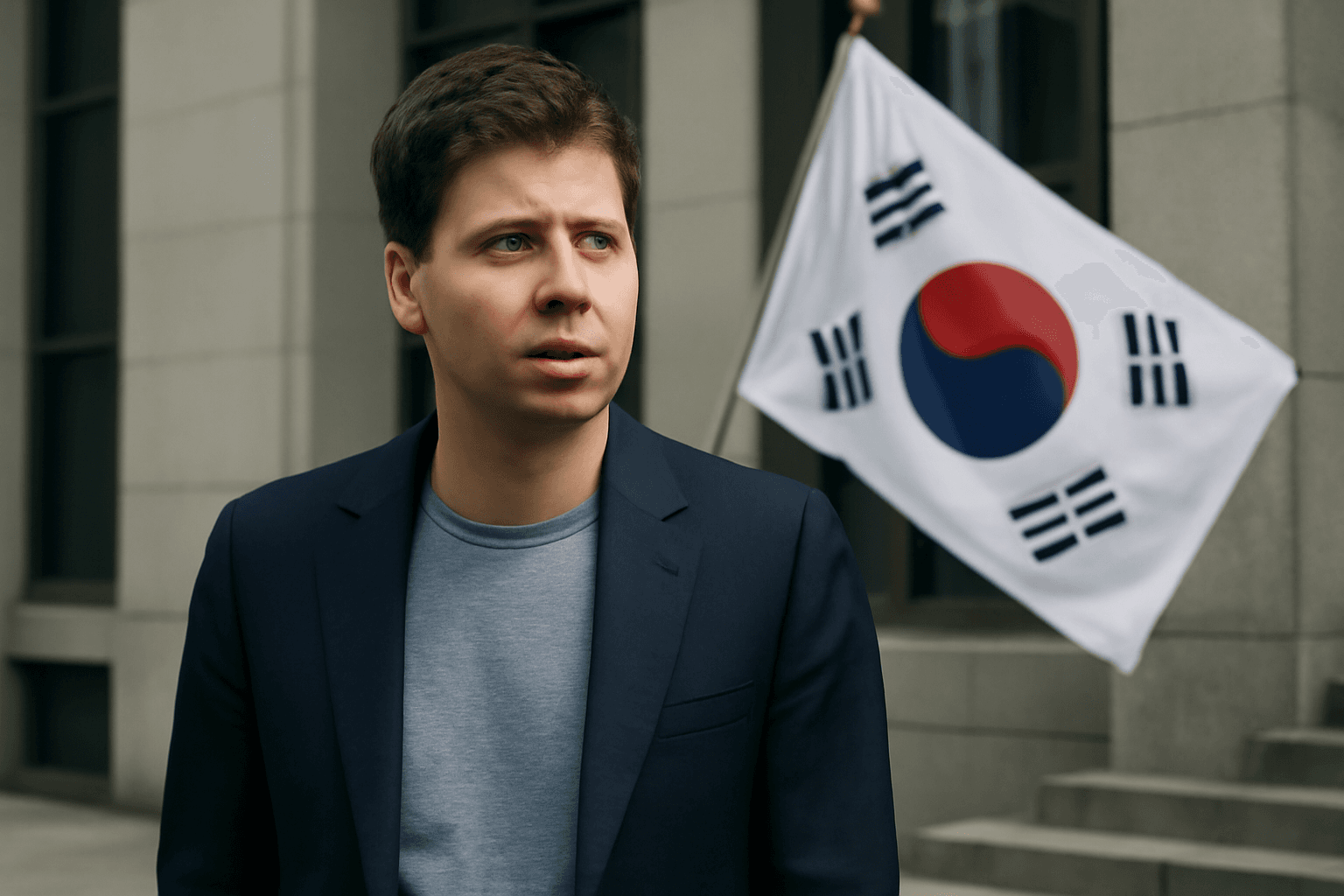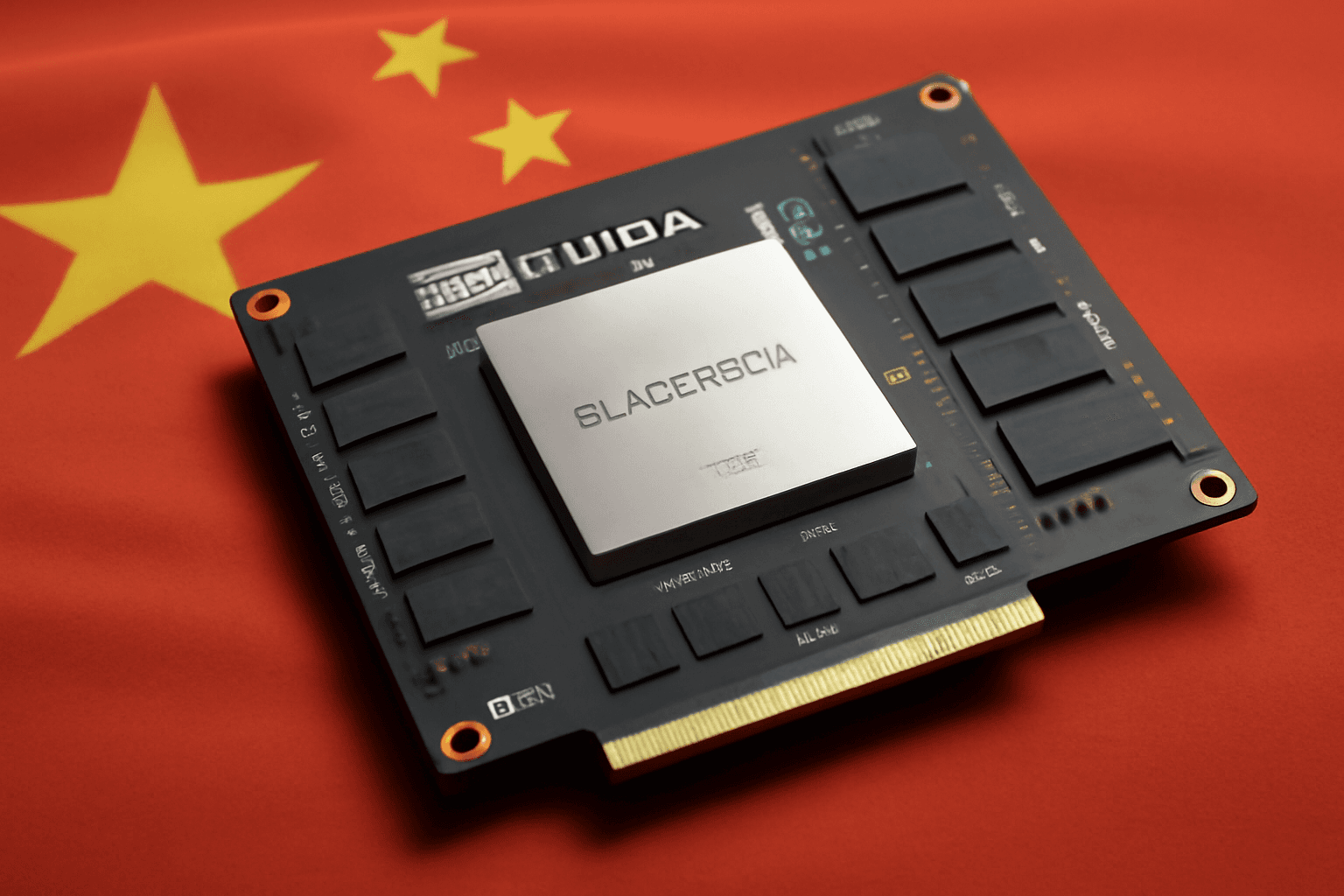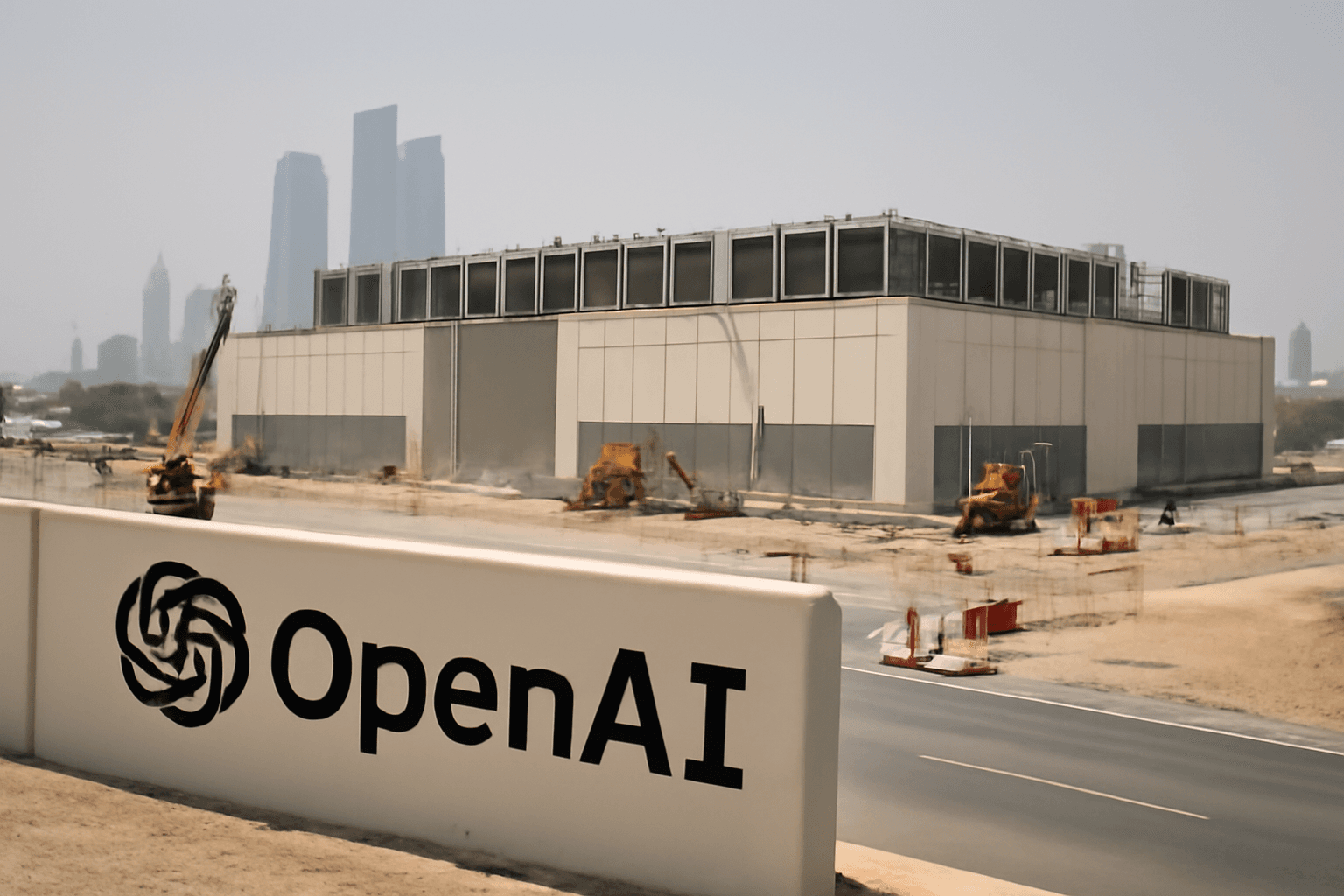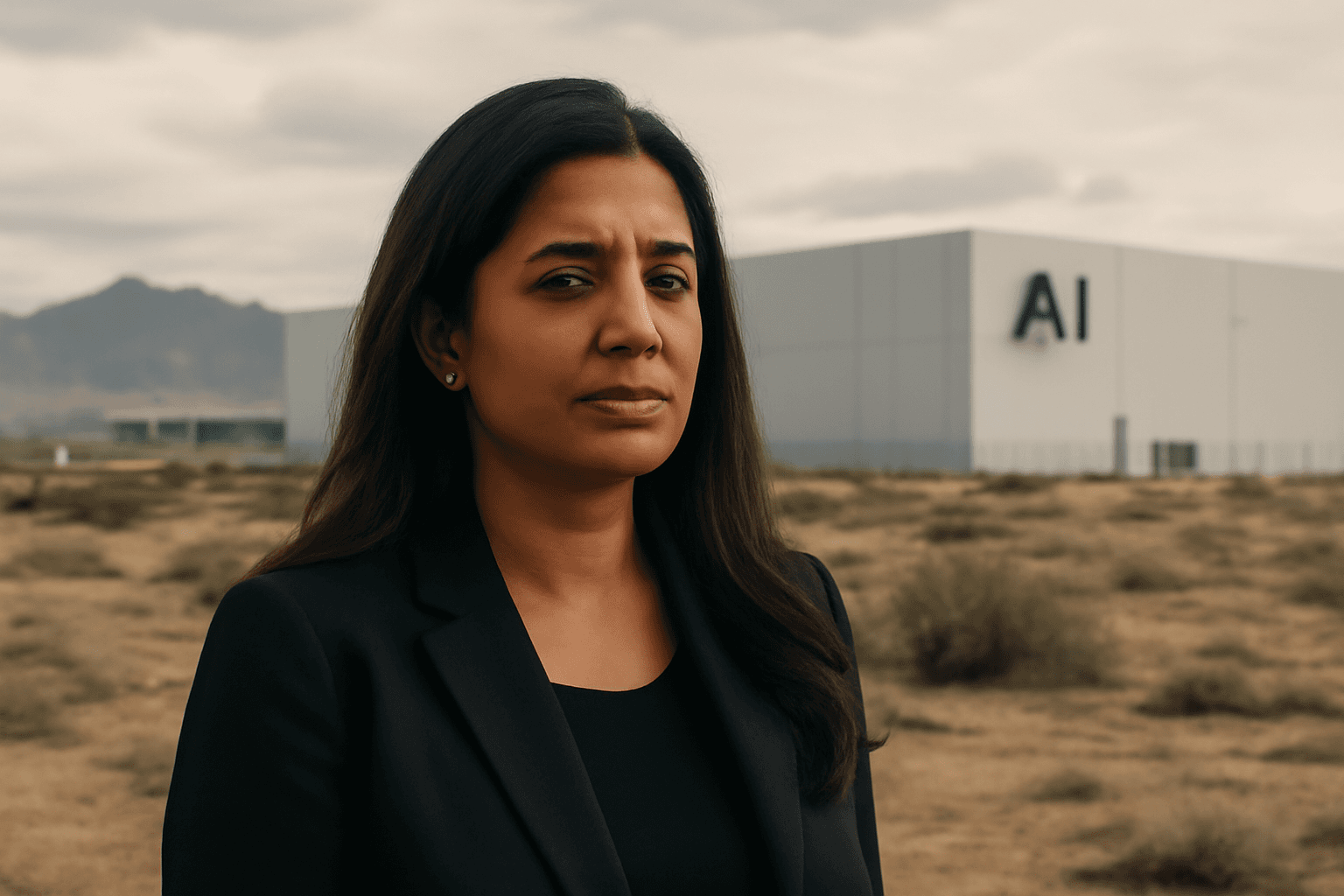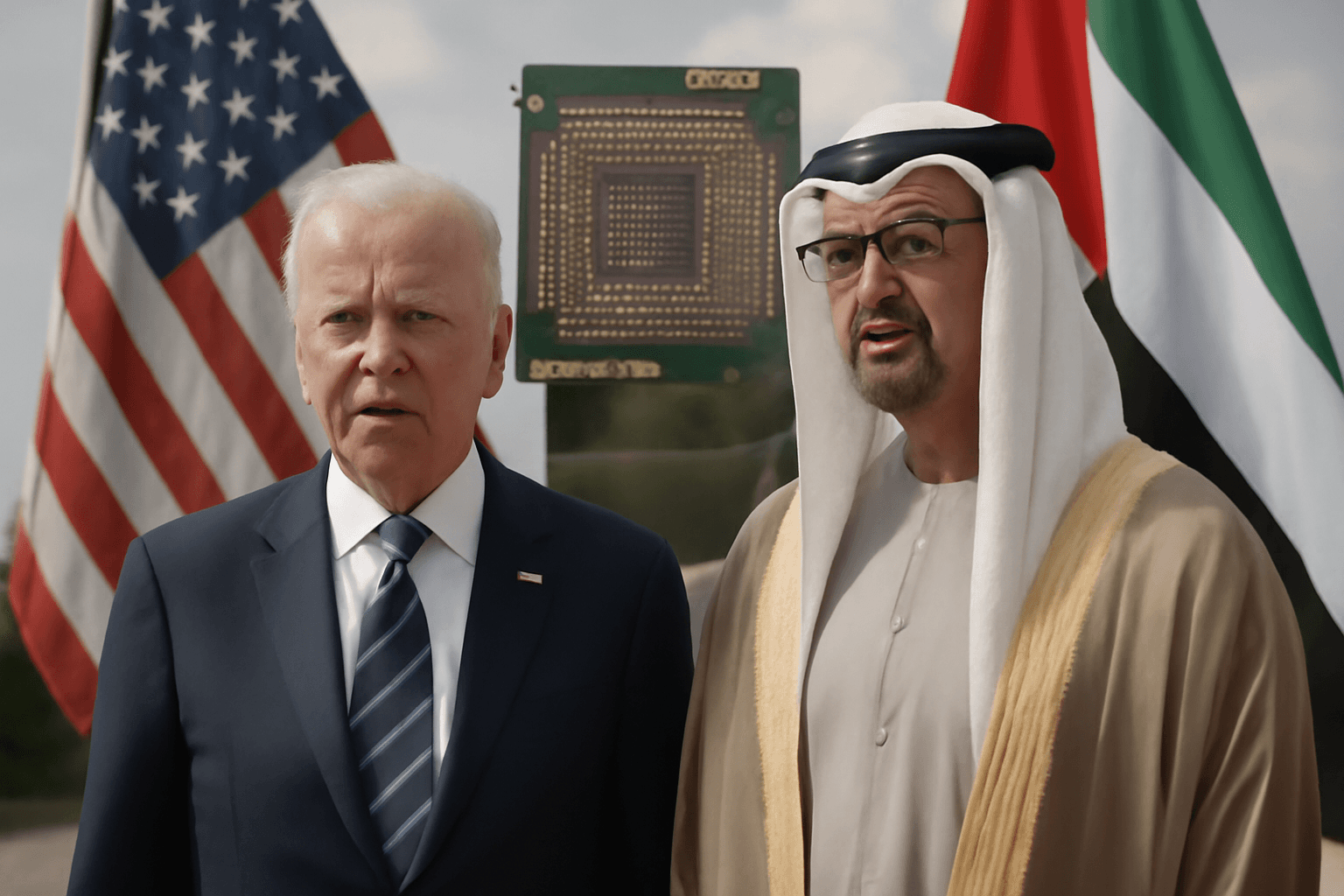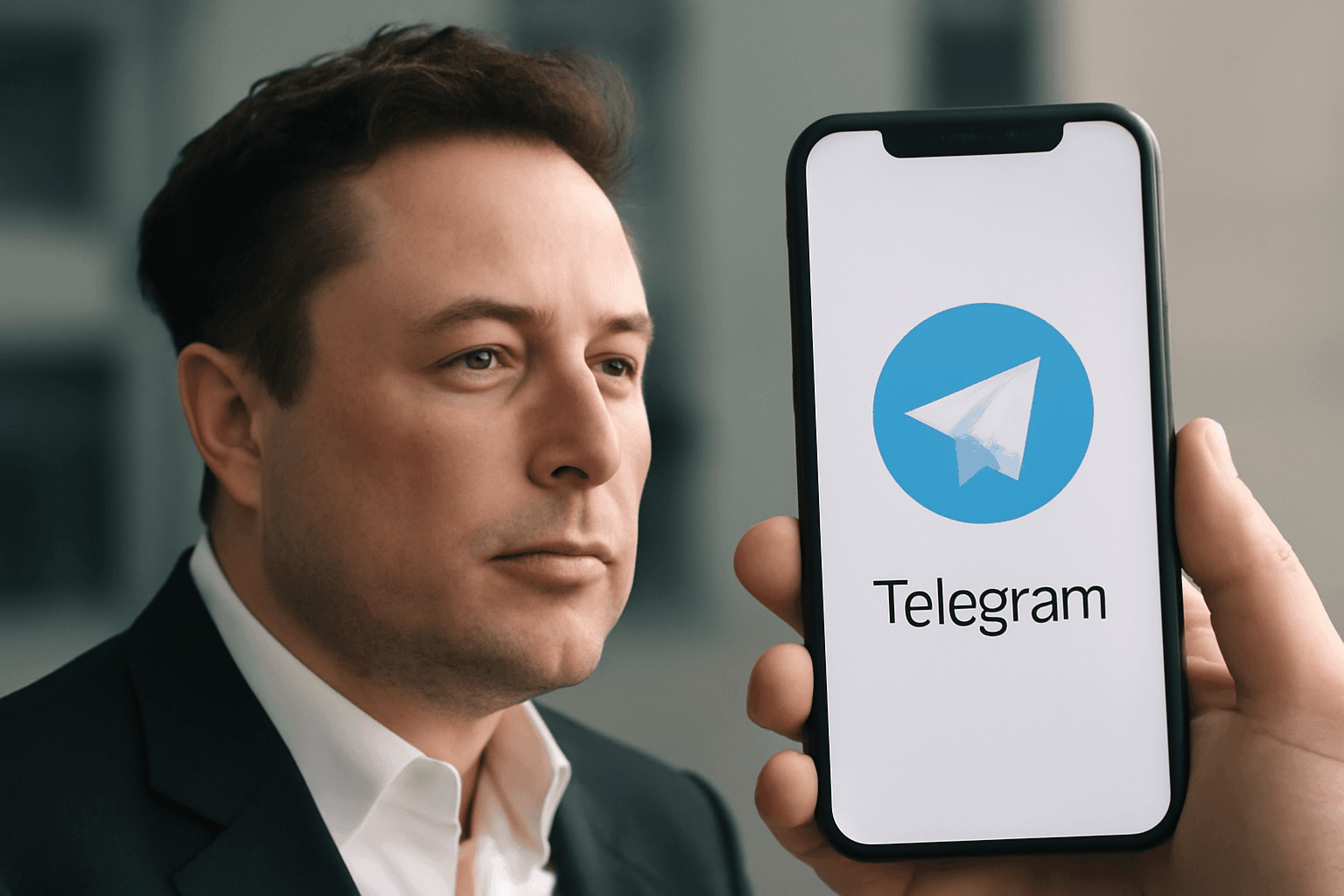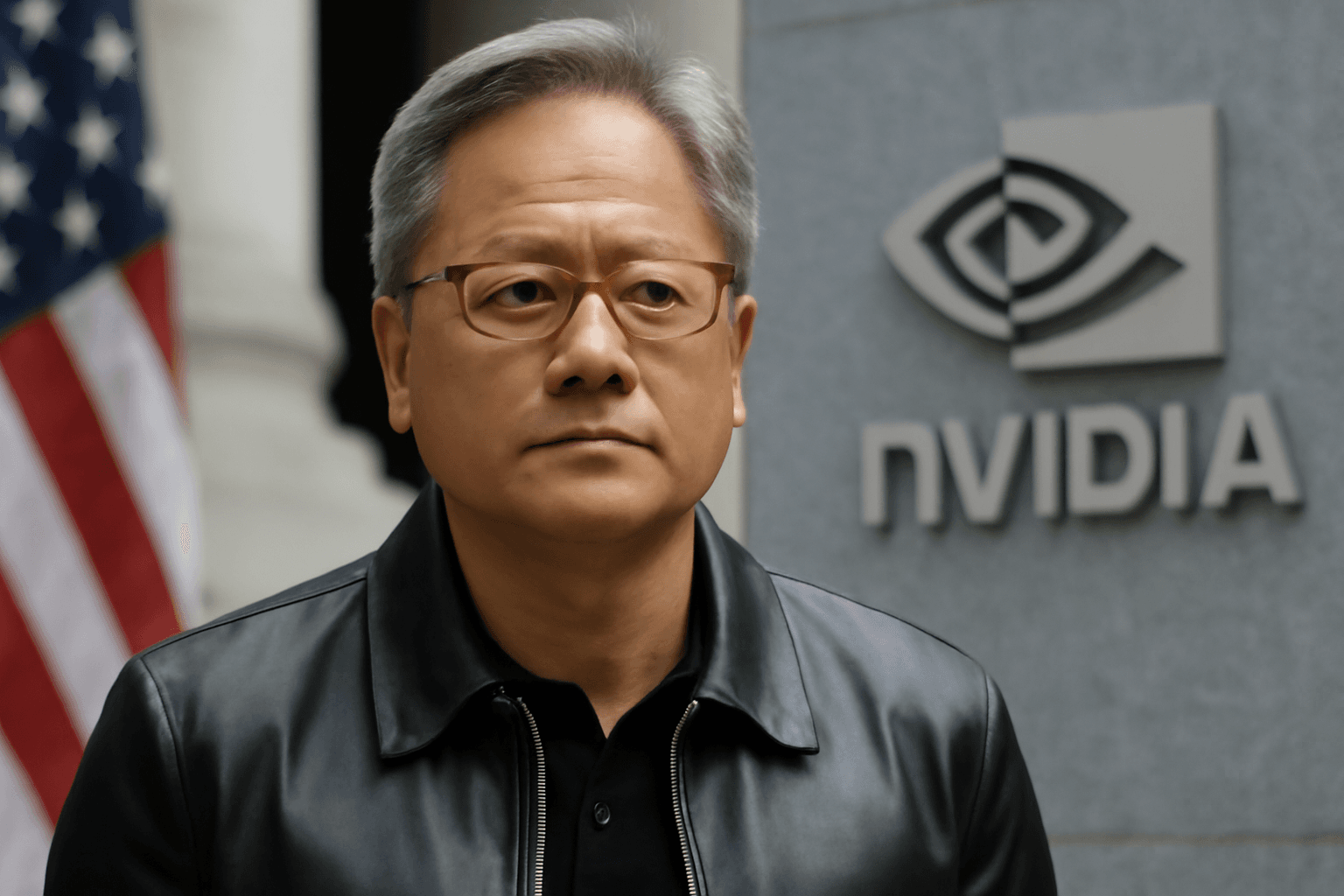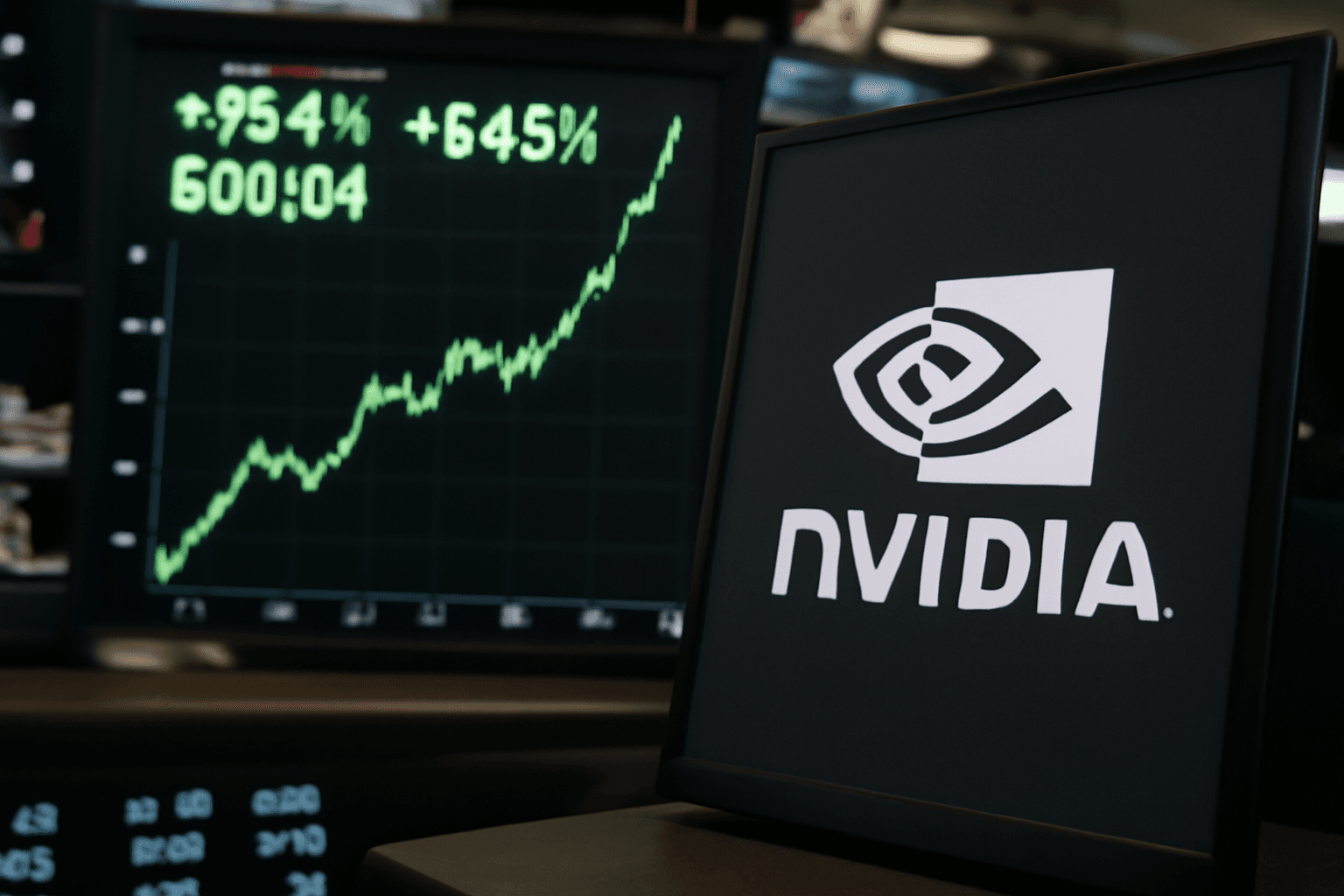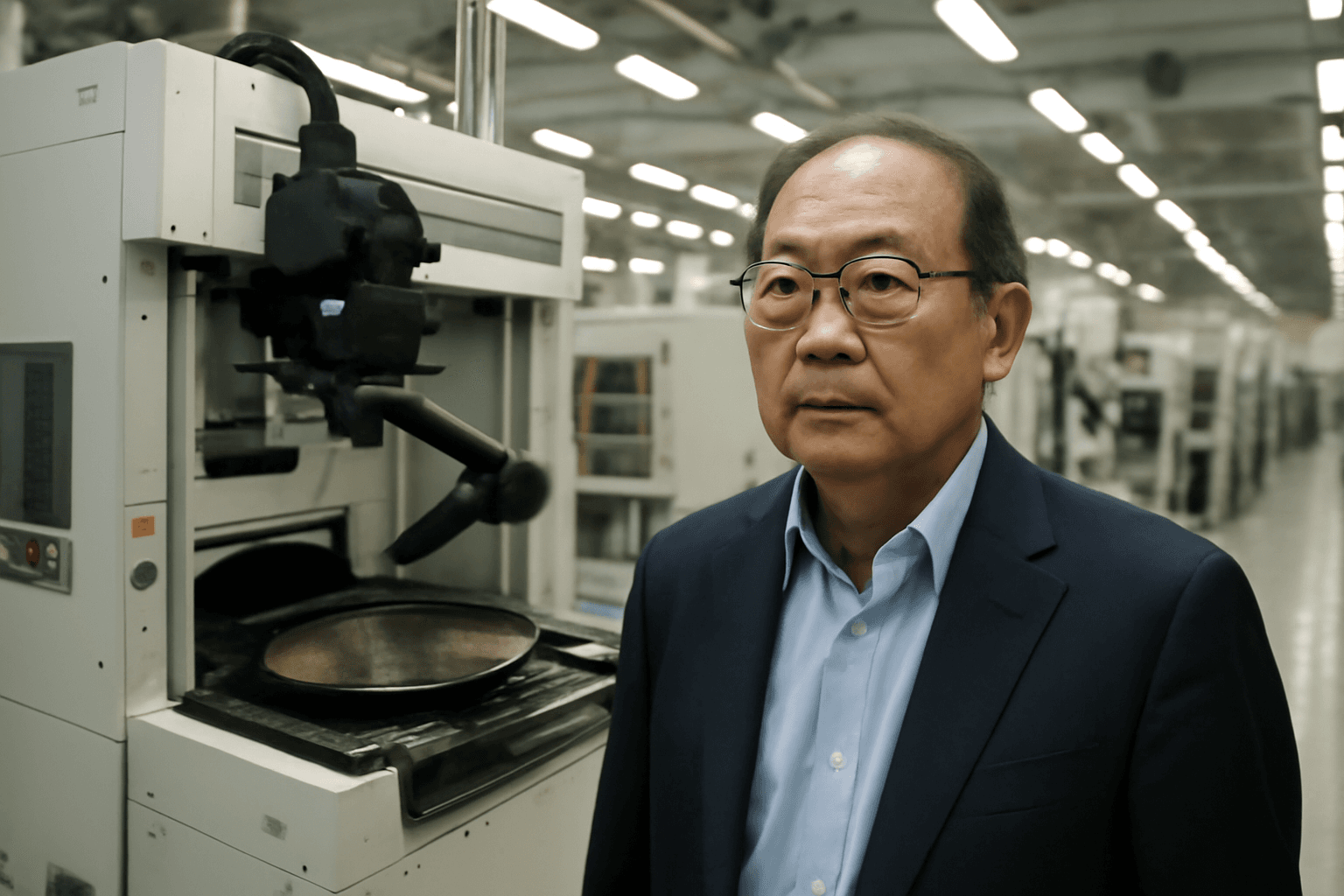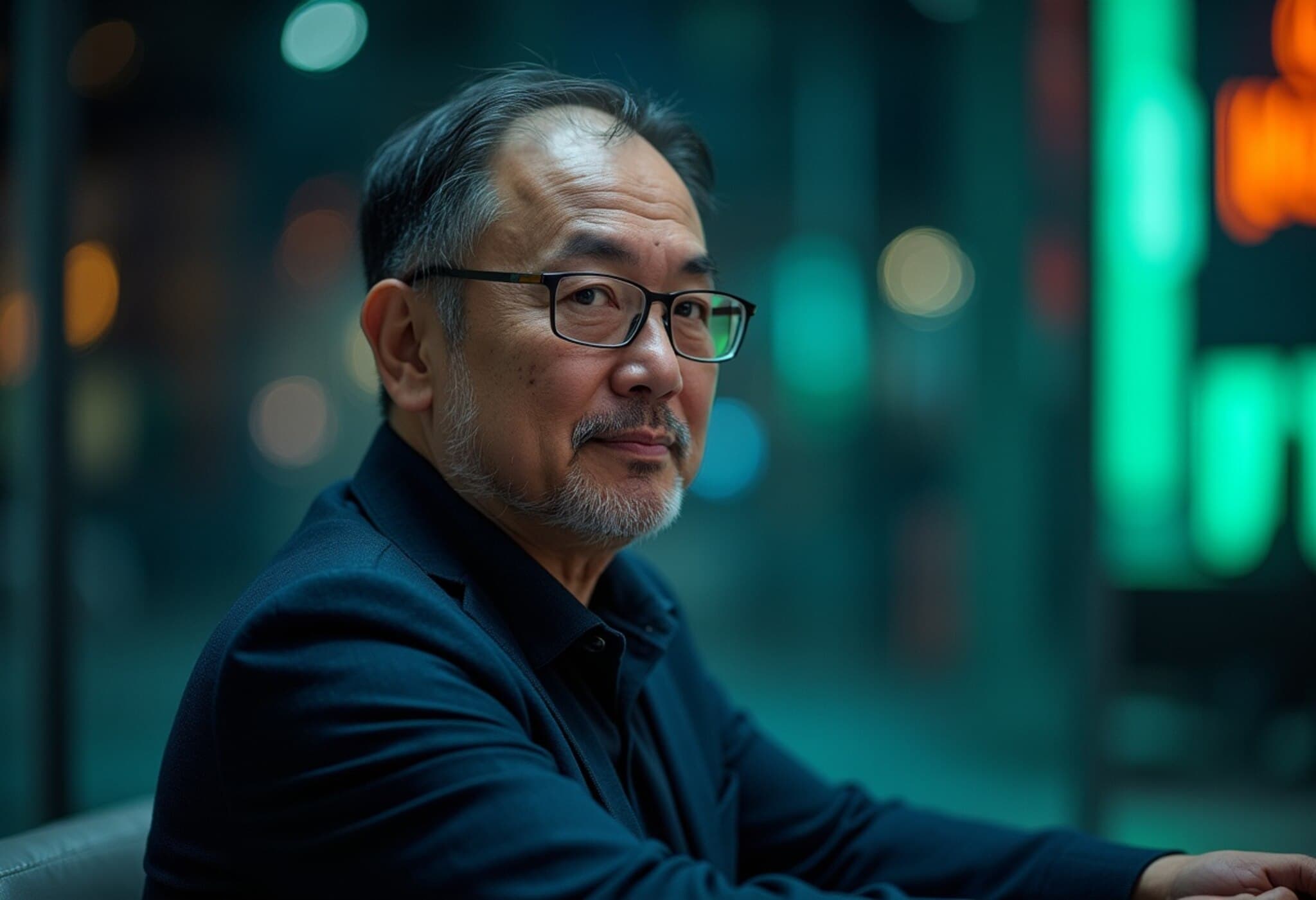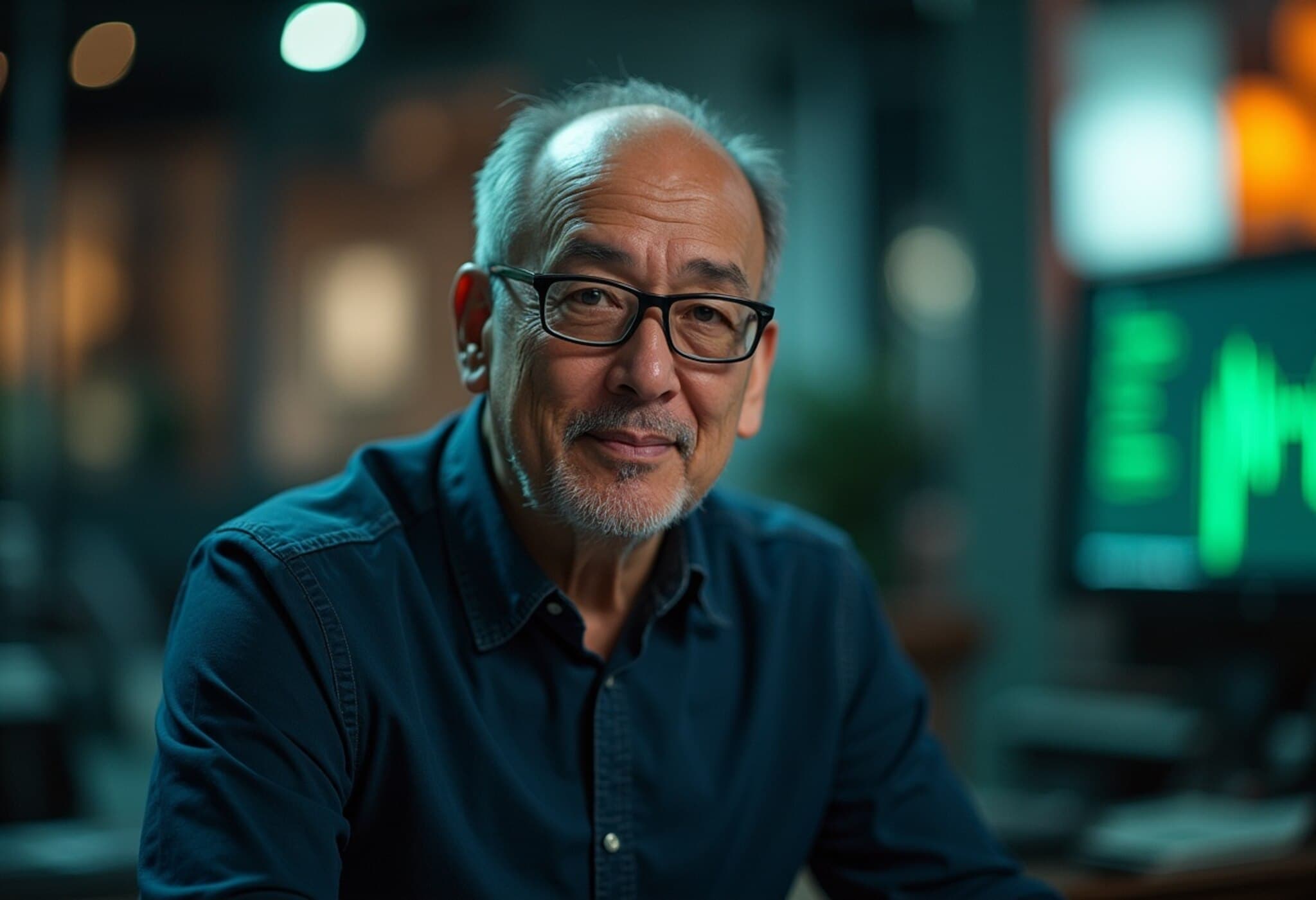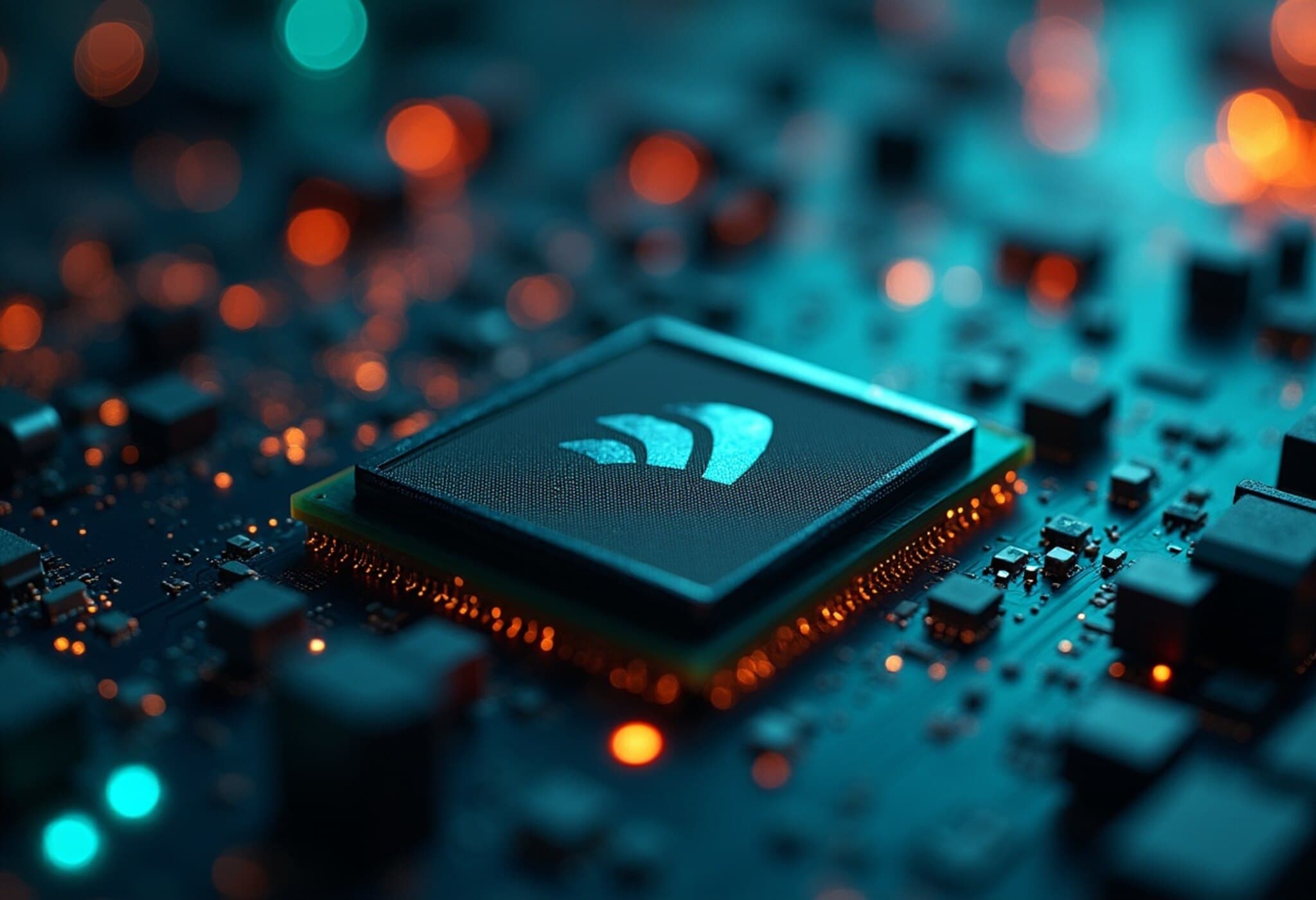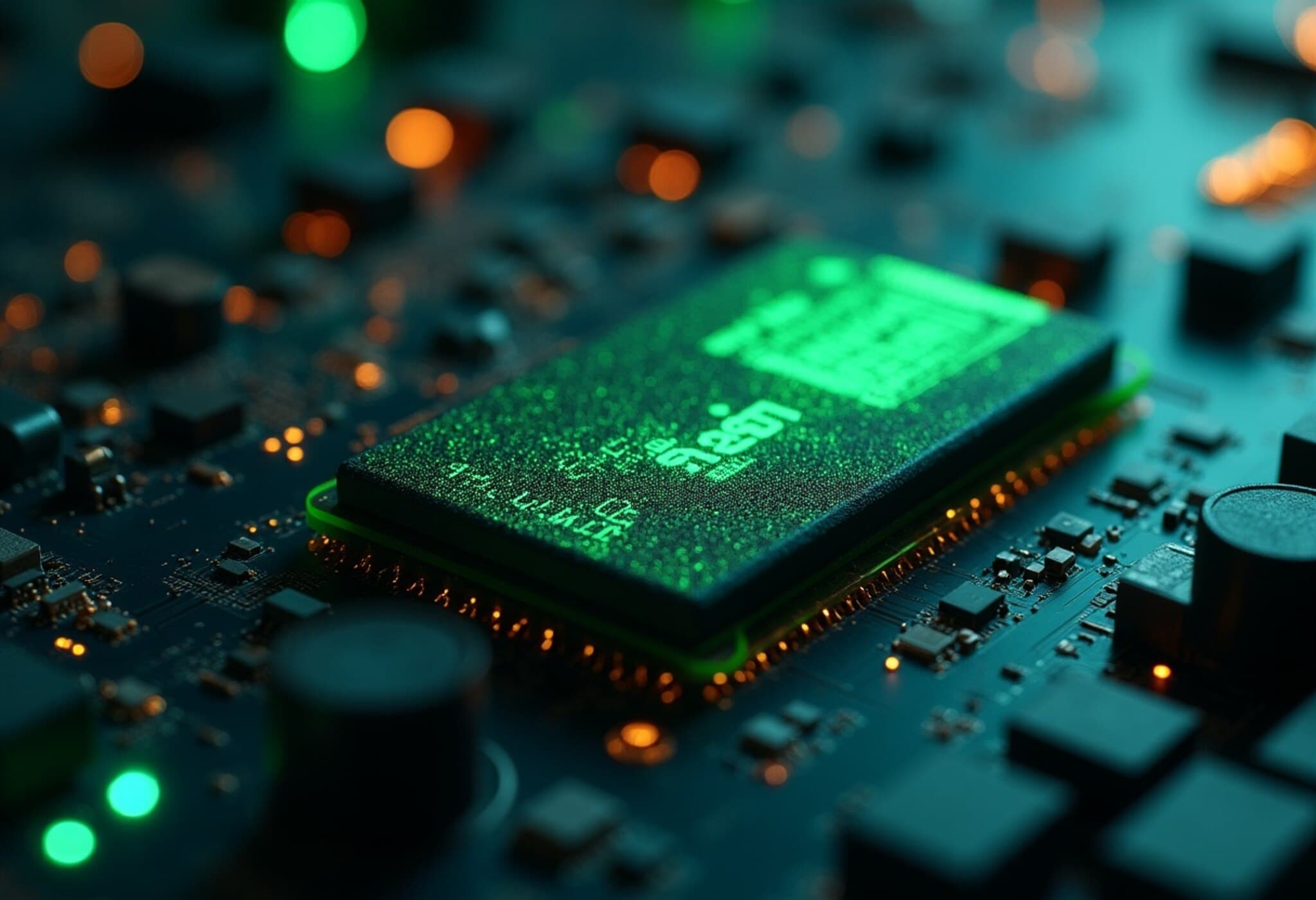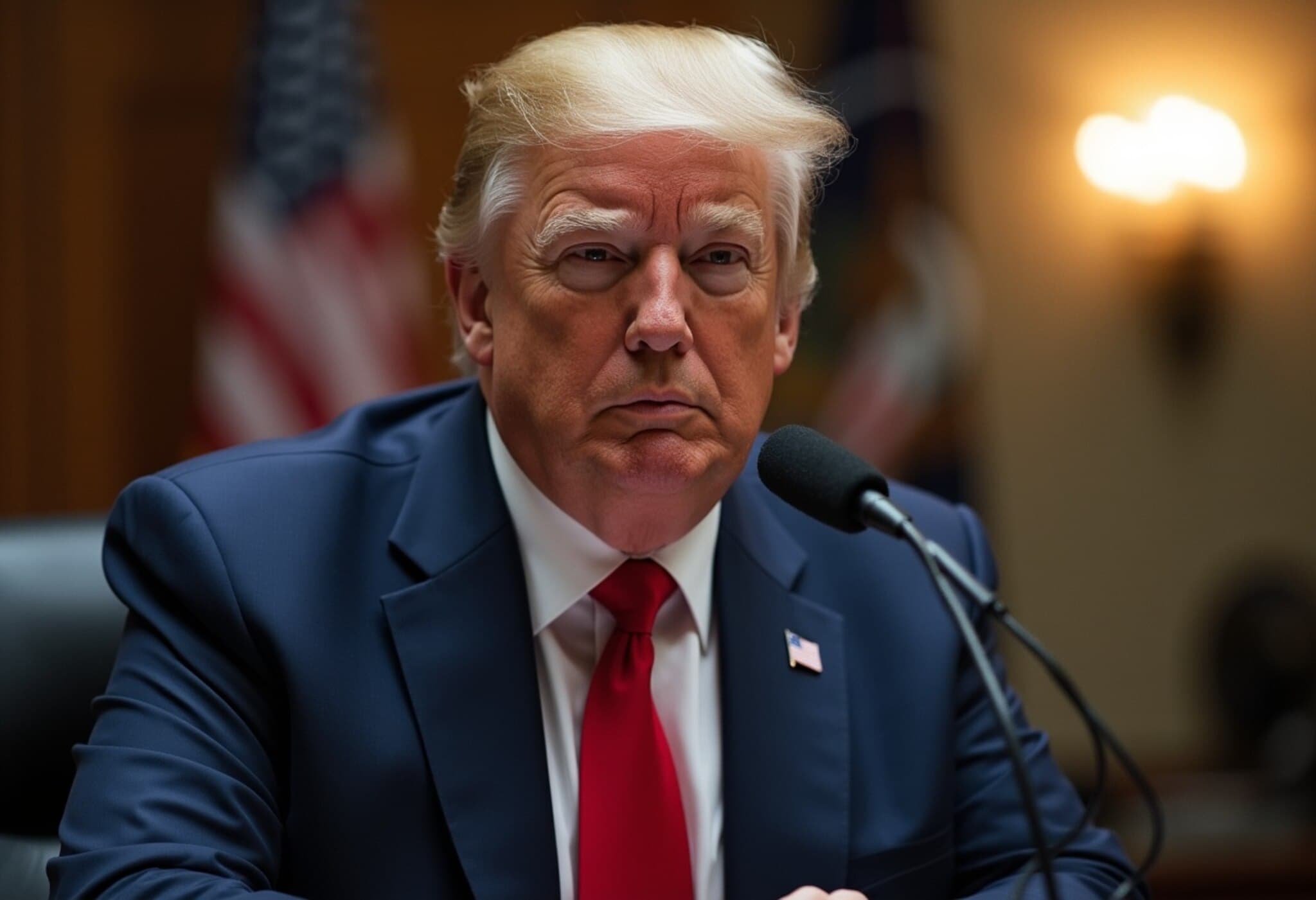Nvidia CEO Jensen Huang Commends China’s Generative AI Models Amid Export Resumption
BEIJING — Nvidia's CEO Jensen Huang recently applauded China's advancements in generative artificial intelligence (AI), signaling a positive tone just a day after Nvidia announced plans to resume sales of a crucial AI chip to China. Speaking at the opening ceremony of a supply chain expo in Beijing, Huang highlighted the thriving AI ecosystem in China and the significant developer base relying on Nvidia’s technology.
A Thriving Developer Ecosystem
“More than 1.5 million developers in China build on Nvidia today to bring their innovations to life,” Huang emphasized, illustrating the deep integration of Nvidia’s technology within the country’s booming AI landscape. He singled out prominent China-originated AI models—including DeepSeek, MiniMax, and Ernie bot—as examples of world-class innovation that are openly shared and have accelerated AI progress globally.
China’s DeepSeek model shook the AI world earlier this year by delivering highly efficient developments that undercut giants like OpenAI on both costs and performance, despite the looming U.S. export restrictions on cutting-edge chips. This underscores a fascinating dynamic: China’s AI sector is advancing steadily even under stringent technological embargoes.
Resuming Exports Amid Geopolitical Tensions
After halting shipments of critical AI chips to China in April due to newly imposed U.S. export controls, Nvidia announced on Tuesday that it expects to reinstate these sales following updated government approvals. This pivot comes amid a broader easing of tech restrictions following recent U.S.-China trade negotiations in London.
China represents a substantial market for Nvidia, but U.S. curbs have previously forced the company to forgo an estimated $2.5 billion in sales during the last quarter. Huang has publicly voiced concerns over the impact of export controls, warning that limiting access to advanced chips could jeopardize the global AI leadership race and inadvertently hamper innovation.
China’s Open-Source AI Flourishing
In his remarks, Huang also highlighted China’s embrace of open-source AI development, contrasting it with the approach taken by companies like OpenAI in the U.S. This open-access attitude allows developers worldwide to build on publicly available code, which Huang describes as a “catalyst for global AI progress”.
Illustrating the practical application of AI in everyday life, Huang pointed out how AI powers popular Chinese technology platforms such as Tencent’s WeChat, Alibaba’s Taobao, ByteDance’s Douyin, and Meituan’s logistics services. This seamless integration reveals how AI is becoming a backbone of consumer tech and digital services across China.
The Larger Geopolitical and Economic Implications
The U.S. government’s export controls stem from national security concerns, aiming to prevent advanced semiconductor technology from bolstering China’s military capabilities. Yet, Huang has argued that such technology restrictions may be a double-edged sword, potentially impeding global innovation and cooperation in a field that demands international collaboration for safety and standard-setting.
The ongoing adjustments to export policies underscore the fragile balance between safeguarding national interests and nurturing global technological growth. The evolving U.S.-China trade dialogue, paired with China’s steady AI progress, highlights the complex interplay shaping the future of AI and semiconductor industries worldwide.
Looking Ahead: Key Questions and Insights
- How will Nvidia’s resumption of AI chip exports influence the competitive landscape between U.S. and Chinese AI developers?
- What role does open-source AI play in shaping global innovation amidst geopolitical tensions?
- Could easing export restrictions signal a new chapter in U.S.-China tech relations, or is this a temporary reprieve?
Expert Perspective
From a U.S. policy standpoint, balancing export controls with fostering innovation requires nuanced strategies. Restricting chip sales might protect military interests but risks ceding ground in AI leadership. Nvidia’s Huang acknowledges this tension, underscoring the importance of international cooperation in AI safety standards. Observers should watch how these dynamics evolve, as they will critically shape technological dominance in the 21st century.
Editor’s Note
Nvidia’s cautious optimism about resuming chip sales to China hints at a thaw in otherwise tense tech trade relations. Yet, China’s rapid AI model development amid restrictions challenges assumptions about technological containment. This story invites readers to ponder the future of AI innovation—where openness meets geopolitical caution, and economic ambitions intersect with national security. As AI continues to reshape society globally, the interplay between policy and progress remains a defining narrative of our time.

